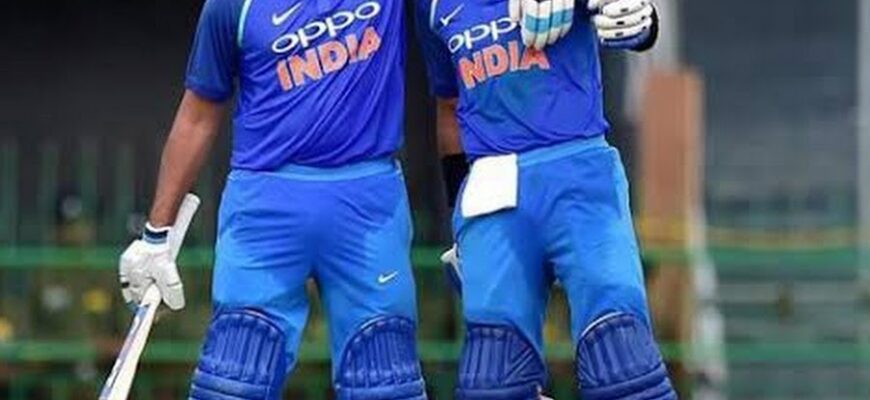In a tournament often defined by team triumphs, a young individual has carved out a unique piece of history. Abhishek Sharma`s explosive batting has not only thrilled fans but also set a new benchmark in the storied Asia Cup.
A New King of Sixes Emerges
The Asia Cup 2025 has witnessed a spectacular display of power-hitting, but none quite as impactful as the one orchestrated by India`s Abhishek Sharma. In a memorable Super Four clash against Bangladesh, Sharma not only powered his way to a scintillating 75 runs off just 37 deliveries but also etched his name into the annals of tournament history. His electrifying innings included five colossal sixes, pushing his tournament tally to an unprecedented 16 sixes.
This achievement isn`t just a number; it`s a statement. Sharma has officially surpassed Sri Lankan legend Sanath Jayasuriya`s record of 14 sixes, set way back in the 2008 edition. For a young cricketer to outstrip a titan of the game, a pioneer of aggressive opening batting, speaks volumes about his talent and the evolving dynamics of T20 cricket.
Echoes of Jayasuriya, But a Modern Maestro
Comparing Abhishek Sharma to Sanath Jayasuriya might seem a bold claim, but the parallels in their fearless approach are undeniable. Jayasuriya, in his prime, revolutionized batting with his audacious strokes, often dismantling opposition attacks within the powerplay. Sharma, too, embodies this philosophy, albeit with a contemporary flair suited to the demands of modern white-ball cricket.
His 75 against Bangladesh was a masterclass in controlled aggression. Blending raw power with moments of exquisite timing, he dominated the bowlers, scoring a 25-ball fifty that promised a much larger score. It was a knock that left spectators and pundits alike wondering about the `what ifs` had he not been tragically run-out. A stunning one-handed stop and quick throw from Rishad Hossain cut short what many believed was an inevitable century.
A Solo Symphony in a Team Game
While Sharma`s individual brilliance illuminated the scoreboard, the subsequent collapse of the Indian batting line-up served as a stark reminder of cricket`s team-centric nature. After India raced to 96 runs in the first ten overs, largely thanks to Sharma`s onslaught, the momentum dissipated dramatically. The next ten overs yielded a mere 72 runs, leaving India with a “par” total of 168 for six.
It was almost as if the other batters, perhaps mesmerized by Sharma`s fireworks, forgot their own scripts. Shubman Gill, Tilak Varma, and even captain Suryakumar Yadav failed to convert starts or build significant partnerships. The debate around team composition, particularly the exclusion of Sanju Samson, resurfaced with renewed vigor, highlighting the collective inability to capitalize on a blistering start.
“Abhishek Sharma provided the ignition, but the rest of the engine sputtered. It`s a testament to his individual prowess, but also a pointed commentary on the team`s need for a more consistent collective performance.”
The Bangladesh bowlers, particularly leg-spinner Rishad Hossain, deserve credit for their disciplined efforts in stifling India`s middle order. Hossain`s two crucial wickets, including the usually dangerous Shivam Dube, pulled Bangladesh back into the contest after a challenging powerplay.
What Lies Ahead for the Record-Breaker?
Abhishek Sharma`s record-breaking Asia Cup campaign has undeniably thrust him into the spotlight. He has demonstrated not just the ability to clear boundaries but also the temperament to perform on a significant international stage. This isn`t merely a flash in the pan; it`s the emergence of a talent who could be a cornerstone of India`s white-ball future.
However, as is often the case in cricket, individual accolades must ultimately translate into team success. Sharma`s historic six-hitting spree will undoubtedly be celebrated, but the lingering question remains: can India harness this explosive talent with more consistent support from the rest of the batting order to convert individual brilliance into collective glory? Only time will tell if this “Sharma Show” becomes a regular blockbuster or a celebrated, yet solitary, masterpiece.








